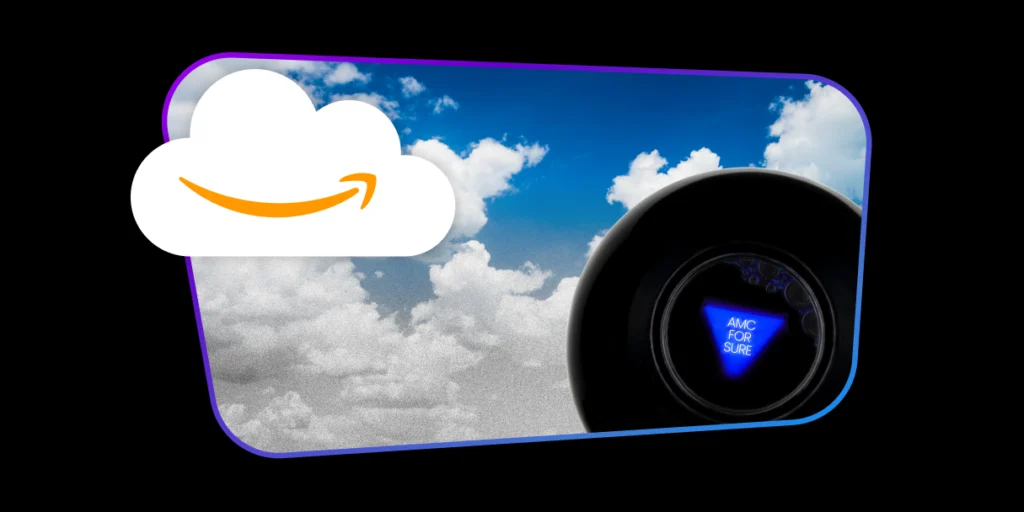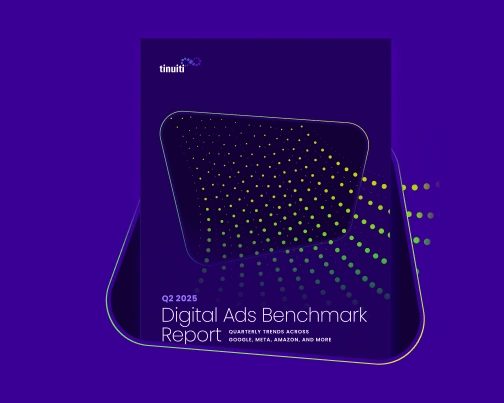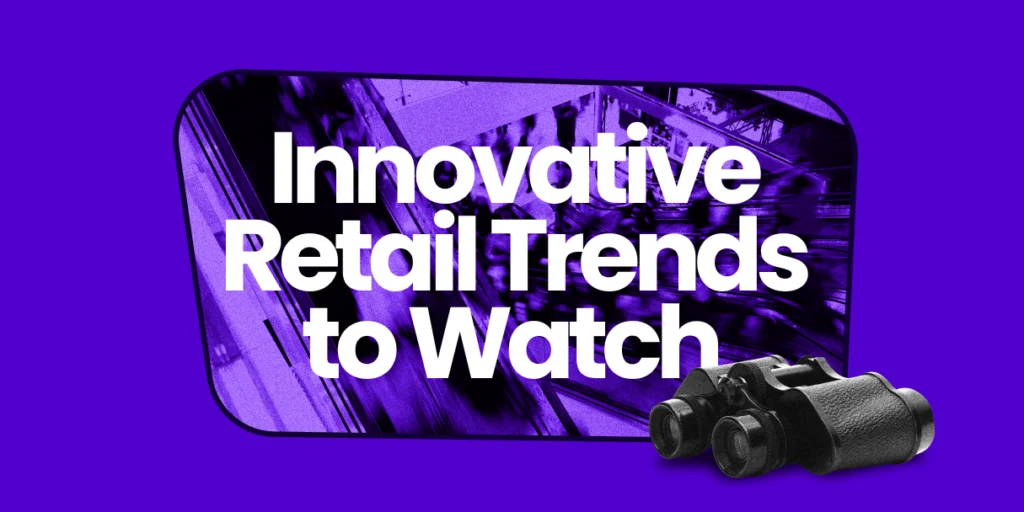Audio Advertising Guide: Basics, Benefits, and Best Practices
Aug 14 2025

Audio advertising is quickly becoming a favorite way for brands to connect with audiences on a deeper, more personal level.
228.6 million listeners, more than two-thirds of the US population, will tune into digital audio this year. This nearly matches traditional TV viewership and slightly edges out OTT viewership, making it a prime opportunity for marketers to reach a large, engaged audience.
This steep increase in interest (and its associated media spend) is only forecasted to rise. Given its potential, let’s break down the fundamentals of digital audio advertising—what it is, the forms it takes, and how your brand can capitalize on this effective and growing trend.
What is digital audio?
Digital audio is just what it sounds like—audio that listeners can access and enjoy digitally. The main types of digital audio include:
- On-demand audio, which is often available through streaming services. This includes music, podcasts, online radio, and other audio clips that consumers can access whenever they want.
- Downloaded audio, such as full albums, songs, or podcasts, that are downloaded in advance and accessed later.
- Live-streamed audio, like radio broadcasts, which consumers listen to live at the time of recording.
A user’s options for listening devices and experiences are exceptionally diverse, including smartphones, Bluetooth speakers, wireless headphones, earbuds, and more. And regardless of what audio content they enjoy, they can access digital audio on the go, no matter where they are.
With constant access and broad reach, it’s no wonder digital audio is so popular. Plus, users can endlessly customize playlists, share their favorites with family and friends, and listen on their own time, in their own way. Digital audio offers a personalized and customized experience that traditional radio never could, and consumers love it.
What is audio advertising?
Audio advertising is a digital marketing method that uses sound for promotion and is delivered through digital means (via streaming services like Spotify) or traditional means (like radio ads). While radio advertising was the only game in town throughout the 20th century, the internet age has breathed new life into this format through ad-supported audio streaming services.
During the age of radio, audio ads were using a 15 to 30 second spots, read out by the DJ or played as a pre-recorded message. But today, audio ads can vary in length, content, and tone, from bite-sized spots to longer, integrated brand messages.
The best part about modern audio advertising? It gives advertisers an opportunity to meet their audiences wherever they are, while they’re already interacting with content they love. It’s an easy, unobtrusive way to connect with listeners while still feeling natural.
Types of digital audio advertising solutions
Digital audio advertising is just as varied as the forms of digital audio itself and include two main types:
Streaming audio ads
The popularity of streaming platforms like Spotify, YouTube Music, Apple Music, and Amazon Music is exploding, becoming one of the broadest and most cost-effective ways to reach a wide range of users. And that doesn’t even cover the growing popularity of challengers like iHeart Radio, TIDAL, and more.
Audio ads on streaming services can be audio-only, or include a companion banner or video that takes users to a brand’s website or other landing page while they’re enjoying their audio content. If a brand opts for audio-only, these ads will be inserted into streaming content (often as 15-, 30-, or 60-second spots) in one of these ways:
- Pre-roll ads, which play at the beginning of digital audio content to ensure audiences pay attention to the ad’s message before getting invested in the content.
- Mid-roll ads, which are embedded within the audio content and often considered the least obtrusive method of digital audio advertising
- Post-roll ads, which play at the end of audio content and are especially effective among committed listeners who stick around until the end
Podcast ads
Over 400 million people listen to podcasts around the world, making podcast ads a strong form for audio advertising. Podcast advertising allows brands to pay for placement within their choice of podcast shows, and can purchased programmatically, through podcast advertising networks, or bought directly from podcast show hosts. Some examples include:
- Pre-produced ads (delivered programmatically)
- Native ads (read live by the podcast host and integrated into the content)
- Skippable ads
- Interactive audio ads
- Video ads
How is digital audio advertising different from radio advertising?
While both require teams to think within the confines of audio formats, the similarities stop there. These differences inform how to think about audio advertising from a strategic, financial, and creative perspective.
| Audio Advertising | Radio Advertising | |
|---|---|---|
| Platforms | Streaming Services (Spotify, iHeartRadio, Pandora, ESPN) | AM or FM Radio Stations (WBZ NewsRadio 1030, WUML 91.5) |
| Audience Targeting | Highly granular (Language, device, fully custom options) | Mass audiences (using location and psychographic profiles) |
| Measurement & Analytics | Measurable KPIs (Completion rate, actual reach) | Generalizations (Gross Rating Points, estimated reach) |
| Audience Availability | .On-Demand (Ad plays when target audience listens) | Time-Bound (Ad plays during dedicated time slot) |
While radio ads need to appeal to a general audience at an unspecific time, the digital nature of audio advertising means you can be more specific with who you’re targeting and how they’ll interact with your ad. It also opens the door to creative executions that are more niche and timely.
Benefits of Digital Audio Advertising
As people continue to flock to audio streaming services, the benefits of digital audio advertising are only becoming more obvious. Some of the strongest points include:
Advanced Audience Targeting
What people choose to listen to says a lot about who they are and what their habits might be. Does your audience prefer symphonies or 80’s rock bands? Are they fascinated by true crime or cooking content? Or, maybe they have a smattering of eclectic interests that’s tough to pin down.
Whether your next customer is predictable or chaotic, digital audio ads can help you reach them. Beyond interest and location targeting, marketers can also use extremely advanced audience targeting criteria. For example, here’s how Spotify Ad Studio helps advertisers define and reach their target audience:
- Who they are (age & demographics)
- Where they are (city and geography)
- How they listen (devices & connectivity)
- What they listen to (genre, playlists, podcasts)
- Predicted interests (lookalike targeting)
- Off-platform behaviors (custom audience match & 3rd party interest targeting)
- Past interactions (brand exposure, sequential messaging, real-time retargeting)
Tapping into these granular details about your target market will help you avoid suboptimal media buys while helping you find and double down on the audiences that drive real revenue for your business.
Robust Data Tracking
With audio advertising’s digital nature, every piece of it is trackable and measurable. Audio ads provide near-immediate, in-depth data insights that prove campaign performance. That means you can easily see what messages are resonating and what’s falling flat, and make adjustments accordingly.
Cost Effective
Compared to traditional radio ads, digital audio ads are much more cost-effective. Production and placement costs are typically lower, which makes the barrier to entry for brands of all sizes much smaller. Additionally, digital spaces are more flexible and have a larger reach, making digital audio advertising investments extremely efficient.
Audience Engagement
Since you’re often reaching people through a channel they frequent while they’re listening to content they enjoy, you’re more likely to have their attention. In fact, 60% of consumers remember audio ads more than they remember billboards.
Creating an Effective Audio Ad
While creating the strategy can feel similar to other campaigns, successful audio ads need careful planning and research to capitalize on the hyper-specific details.
1. Consider your audience
Who are you targeting? What do they like? What do they think about, and how do they act? Audio advertising can feel more personal that traditional radio, so you want to make sure you really understand your audience. Research their demographics, habits, and preferences to inform your strategy.
2. Choose the appropriate platform
To be more effective, you’ll want to pick channels your audience is already on. Everything from age to interests can determine the best platform, so your audience research will be crucial when picking a platform. Streaming services, such as Spotify, tend to be popular with younger audiences, but podcasts can be useful for targeting people with specific interests.
3. Track your performance
Digital audio advertising is easily integrated with measurement tools, so you can track every moment of your campaign. Monitor how audiences are responding to your ad by analyzing your reach, engagement, and conversion rates. Tools like Bliss Point by Tinuiti can be essential for getting almost real-time updates on your ad, so you can see what’s not working and being wasted, and what’s growing and worth focusing on.
4. Review, adjust, and re-launch
Did you reach the right people? Did they listen to your entire ad, or drop out halfway through? Did they take action? Consider your test results and change up your platform, targeting, and approach as necessary. Keep testing every iteration until you hit on a combination that really sings.
Conclusion
Digital platforms have opened up a whole new world for audio advertising, one that is more personal, data-driven, and effective. With the right research, strategy, tools, and message, audio advertising can be a crucial part of a full-funnel approach, one that turns marketing efforts up to 11.
Ready to learn more? Check out our 2026 TV, Audio & Display Guide to learn how to make this trio of channels work for your brand. You’ll get insights like:
- How incrementality has overtaken attribution when it comes to measuring and proving your strategy
- How targeted investments backed by precise data can inform creative that outperforms
- What’s coming for TVAD in 2026 and beyond, and what marketers can do to be ready
You Might Be Interested In












